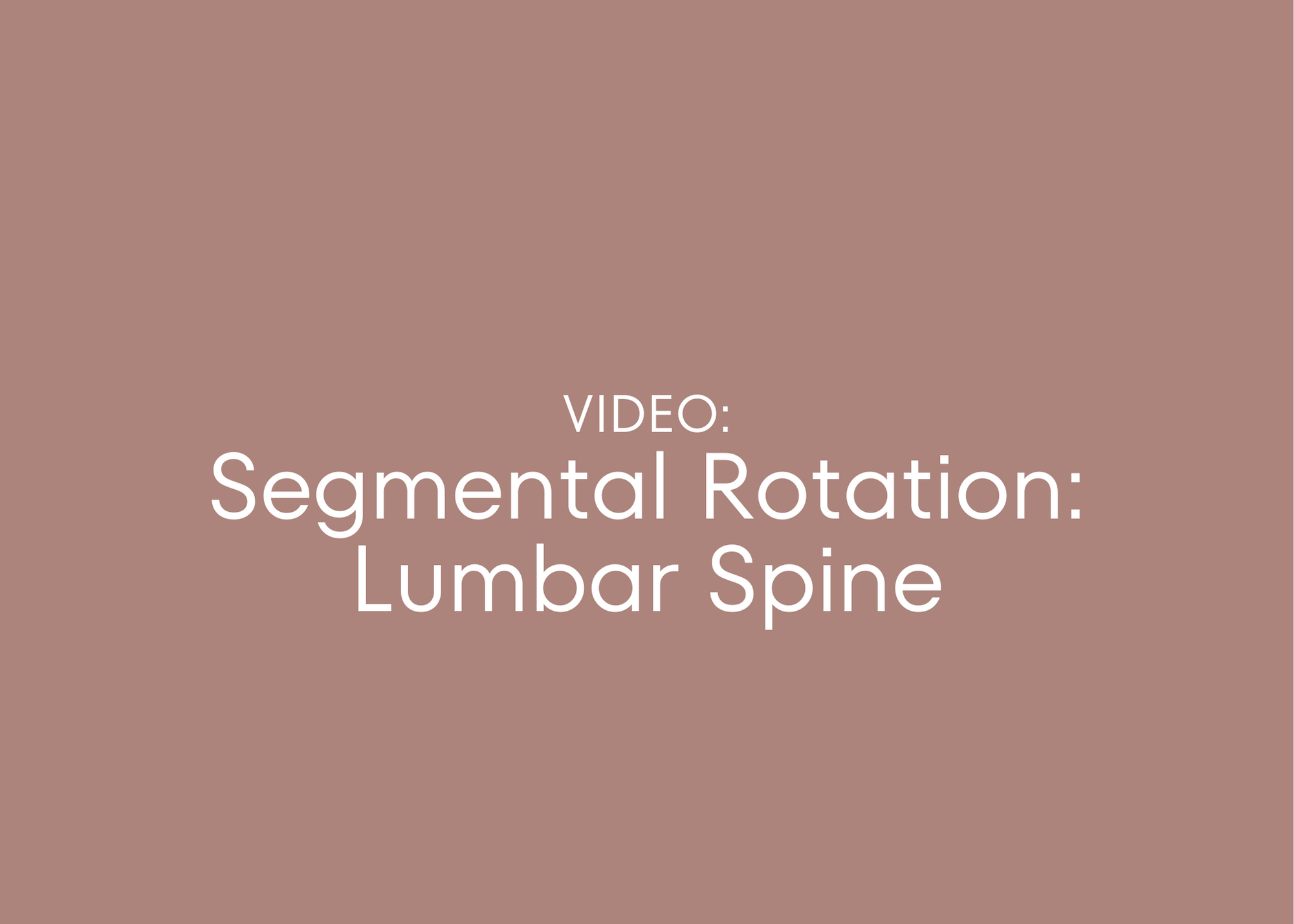Stress Relief: Using Breath to Calm the Mind and Body
Stress Release: Using Breath
Lately as a part of my fitness routine, one of the big areas I’ve been working on is my core, and just in case you’re worried about this being yet another blog stating the importance of core fitness I’ll stop you. I’m actually going to discuss how exercising your core could help make you feel a little less stressed, which we could probably all use in our lives.
How Your Core Can Affect Your Mood
There is so much more to core exercise than just getting a six pack. Your core is the central support for all of your body’s movements. Beyond movement, your core can play a role in your emotions as well. There is an important association between muscle activation and the release of endorphins into the system. Beyond the mood-boosting effects, the positioning and movement of your body can impact your breathing, which in turn affects your overall mood.
The Importance of Breathing
Did you know that the core isn’t just made up of the abdominal muscles? It is actually a complex system of muscles including the abdominals, deep back extensors, the pelvic floor, and the diaphragm. The body’s need to release carbon dioxide from the system is what triggers the automatic process of breathing, not only because we need to replace it with oxygen to survive, but because if the carbon dioxide in our system is not adequately expelled this leads to a more acidic body environment. This environment can lead to a state of heightened anxiety, increased sympathetic activity (the fight or flight response), impaired nerve conduction, restricted blood flow to the brain, increased panic attacks, and fatigue.
The canister or oil barrel position vs. the scissor position.
The Mechanics of Breathing
Most of the blood vessels that allow for oxygen and carbon dioxide exchange are in the lower part of the lungs, so for effective gas exchange the ribcage and pelvis have to be in the correct position to work efficiently together.
When the diaphragm moves, so does the pelvic floor and all of the involved core muscles. If the ribcage and pelvis are not situated perfectly in a ‘canister’ or ‘oil barrel’ position (see diagram) this process doesn’t work as effectively as it’s designed to and there is more activation of accessory respiratory muscles (muscles in the upper back and neck) in order to lift the chest and rib cage to allow for space and airflow.
The difference: diaphragmatic breathing (good) vs chest breathing (not so good). Chest breathing is associated with more tension in the upper back and neck as well as lesser carbon dioxide expulsion.
All of this is to say that poor positioning leads to poor breathing mechanics, which can lead to a whole host of other problems including heightened anxiety.
The main lesson to be learned here is that core training is so much more than trying to get a six pack. It’s important to make sure your core is strong and that you have good posture. If your core supports a healthy posture, your breathing will be controlled by the diaphragm as it is intended to be, which relieves both physical stress on the body and emotional stress on you.
Below, you can watch a video demonstrating diaphragmatic breathing.
If the video above is not displaying, click here.
References:
Laghi, F., Tobin, F. Disorders of respiratory muscles. American Journal of Respiratory and Critical Care Medicine, Vol 168: 10-48, 2003.
Zvolensky, MJ., Eifert, GH. A review of psychological factors/processes affecting anxious responding during voluntary hyperventilation and inhalations of carbon dioxide enriched air, Clinical psychology Review, 2001
Nelson, N., Diaphragmatic breathing: The foundation of core stability. Strength and conditioning journal. Vol 35(5), 2012.




